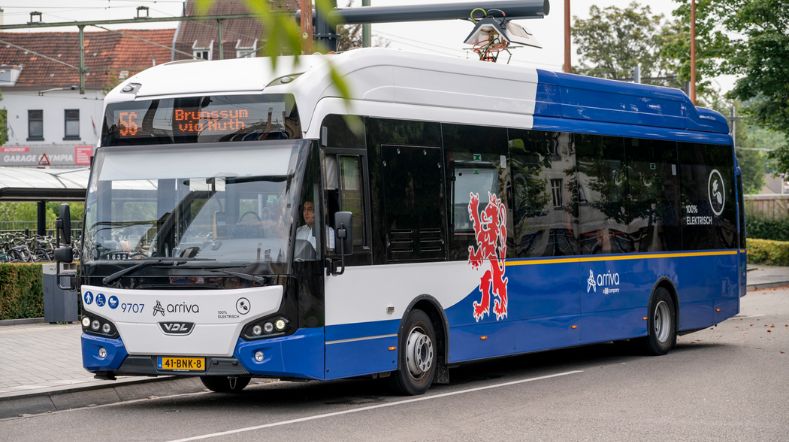
EarthCARE
In cooperation with
Surrey Satellite Technology Ltd, ADS NL, Xenics
The EarthCARE mission is launched on the 28th of May 2024. It is the largest and most complex Earth Explorer to date and has been designed to make a range of different measurements that together will shed new light on the role that clouds and aerosols play in regulating Earth’s climate. TNO is proud to have contributed to the Multi Spectral Imager (MSI), which will provide information on clouds and aerosols with channels in the visible, near infrared, shortwave and thermal infrared. The first data is expected to be available for scientists at the end of this year or start of 2025.
Improve current climate and numerical weather prediction models
The EarthCARE (Cloud, Aerosol and Radiation Explorer) satellite mission is equipped with four instruments, together they form a complete dataset to be used by scientists to study the climate and numerical weather prediction models by analysing the role that clouds and aerosols play in reflecting solar radiation. In The Netherlands SRON, KNMI and TU Delft will use these data for research on aerosol and aerosol-cloud interaction from Remote Sensing Enhancement. SRON and KNMI study the synergy between EarthCARE and SPEXone on PACE in project AIRSENSE.
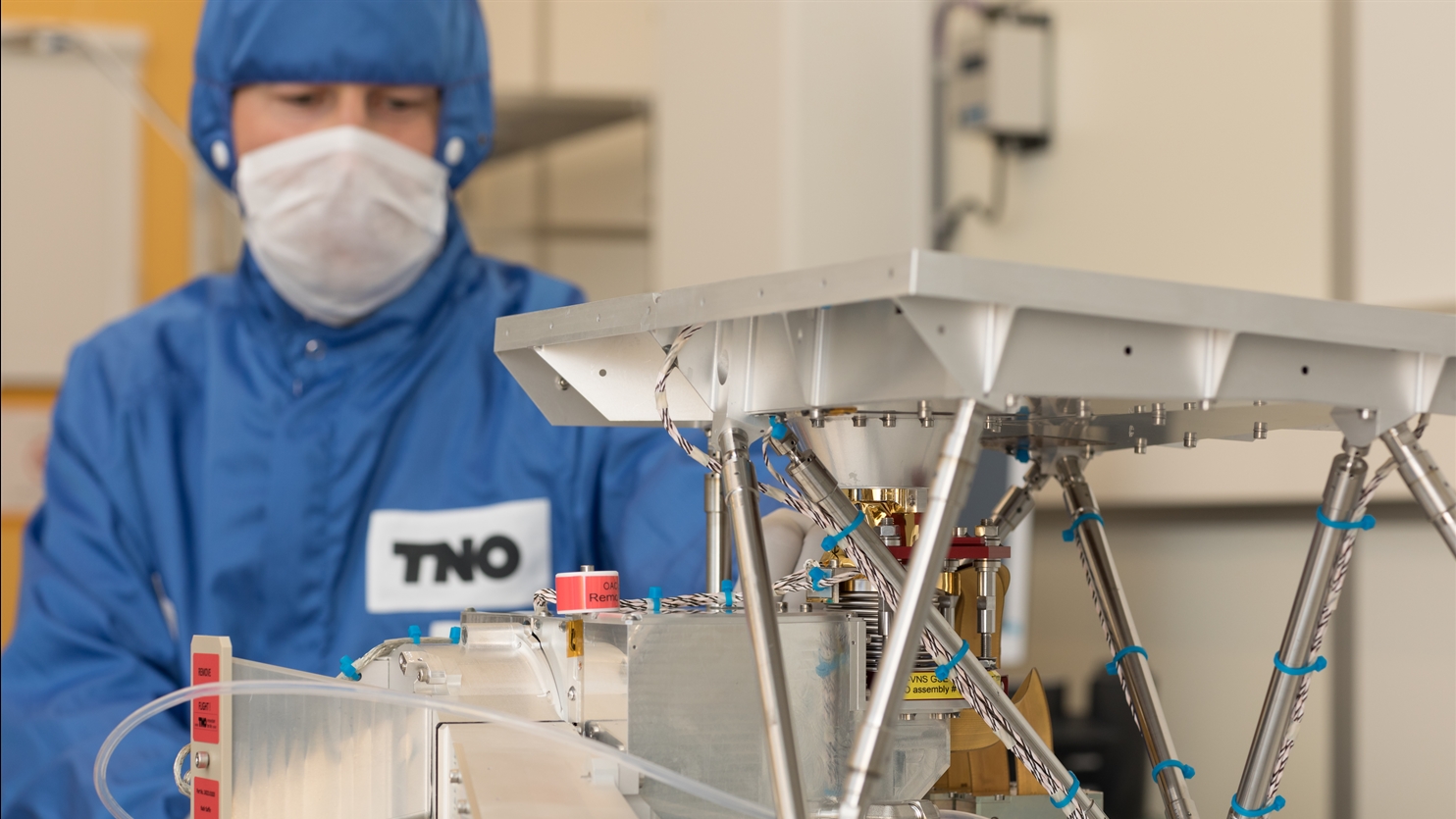
Multi Spectral Imager
In cooperation with Surrey Satellite Technology Ltd (SSTL UK), TNO designed and developed the MSI, where TNO has realized the instrument module that observes the Visible and Near- and Shortwave Infrared (VNS) light reflectance of sunlight by clouds and aerosols.
The two optical cameras in the MSI instrument make sure that reflected sunlight on the earth combined with warmth from the earth is measured to give a clear view on aerosols. With these camera’s visible, near infrared, shortwave and thermal infrared light is captured, after which specifically designed detectors convert this in electric signals. Data packages are sent from the MSI to ESA throughout the day, ready to be analysed by scientists throughout the world.
As all elements need to be positioned with micrometer precision, the alignment of the design of the cameras ensures the exact fixing of the six degrees of freedom. With a satellite launch being a rough and jerky moment, it was a challenge to make sure this alignment is kept exactly equal. To avoid any deviation during measurement the MSI instrument calibrates every day.
Developing groundbreaking new concepts and designs
The technology development for MSI EarthCARE paved the way for the Dutch earth observation missions TROPOMI and coming TANGO, and the first developments at TNO on optical satellite communication technology.
European collaboration
ADS NL supported TNO in the design and development of the thermal control of the instrument. The company Xenics supported TNO with the development of the detectors and its readout integrated circuits.
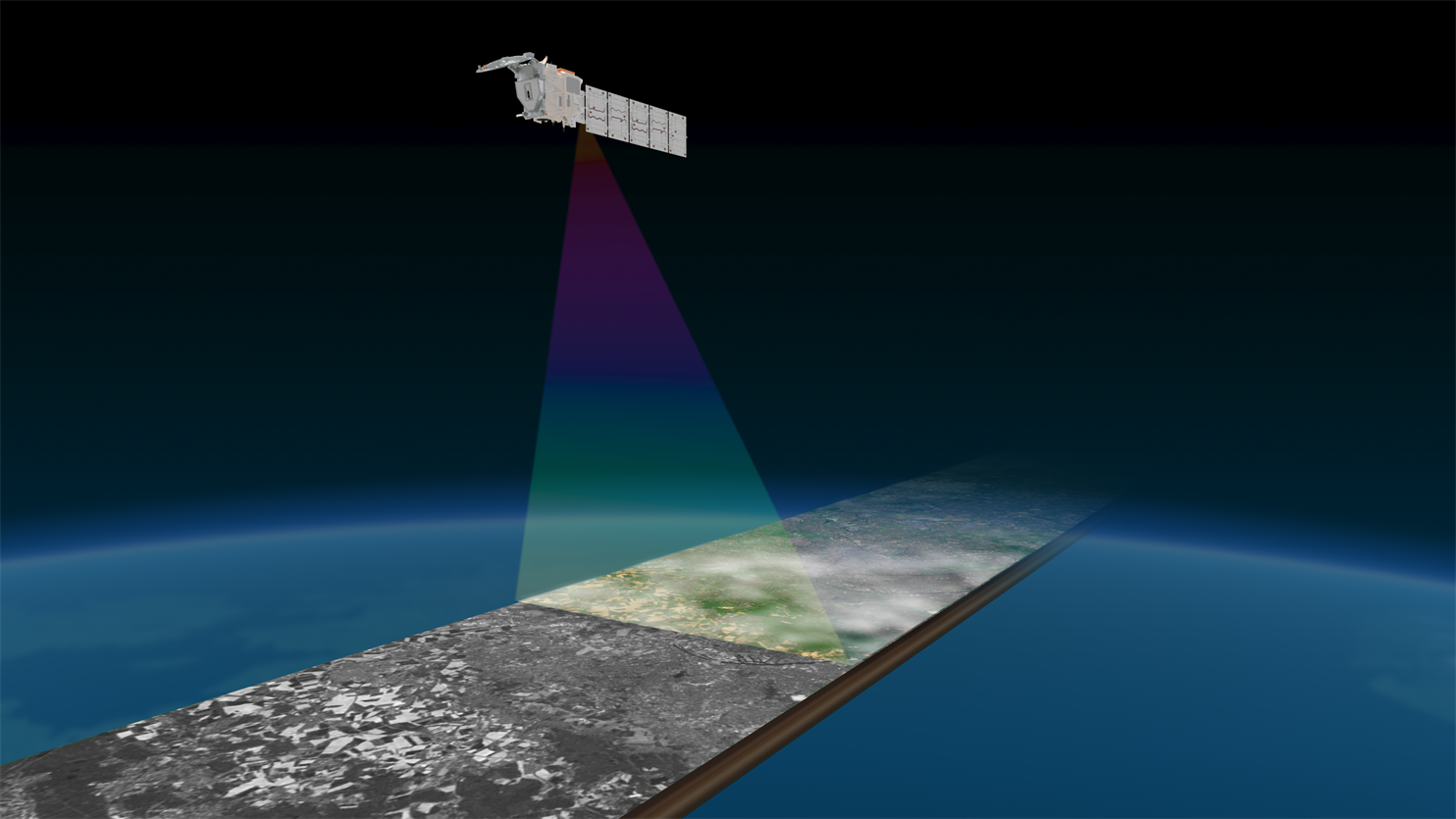
Unlock System Transitions

Time setter story: Janice Odijk on objective recruitment


Thermoplastic composites
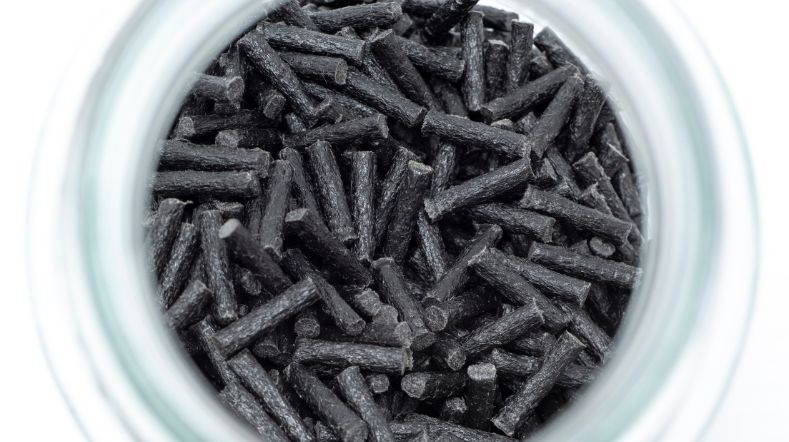

TNO expands quantum information technology testing capabilities to support startups
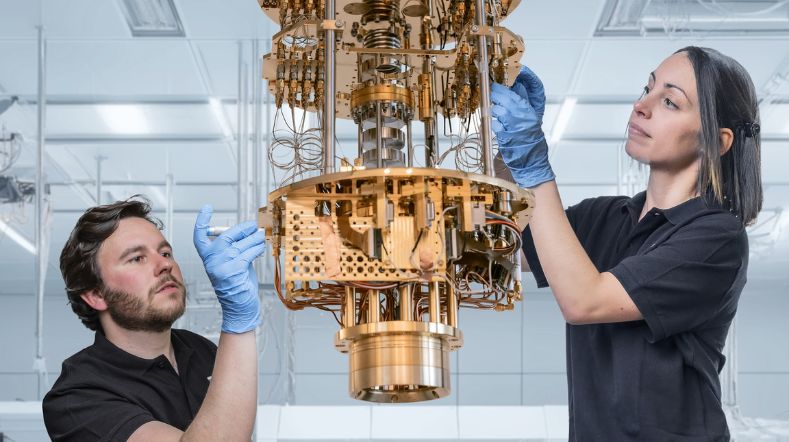

Health of electric bus batteries now measurable on-site via charger
